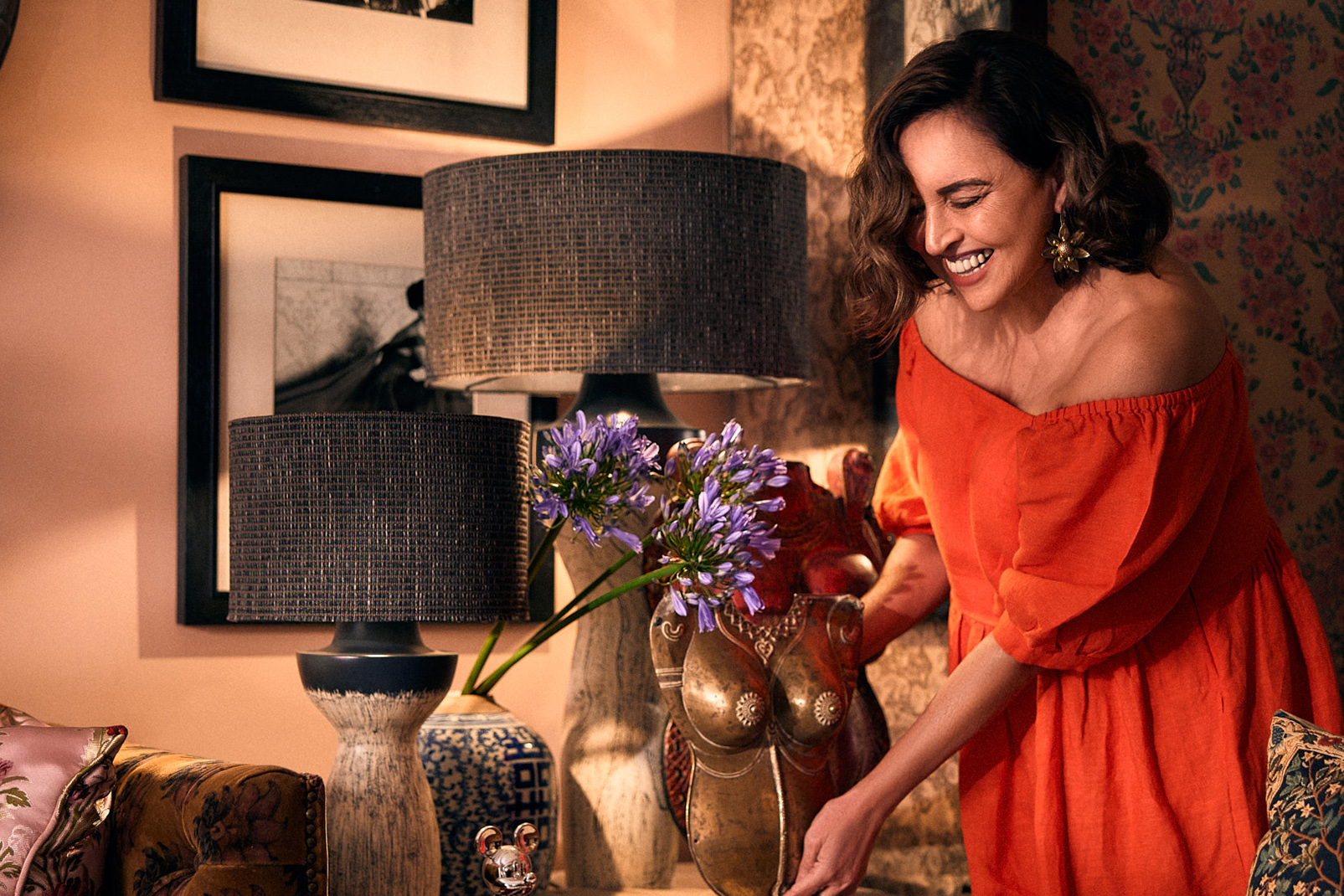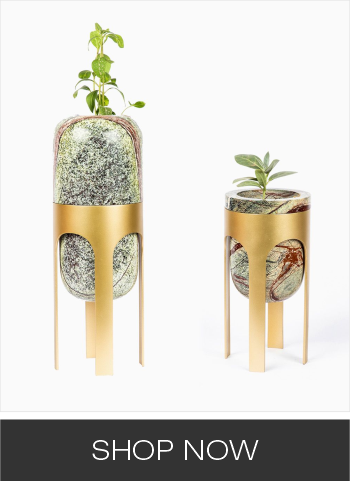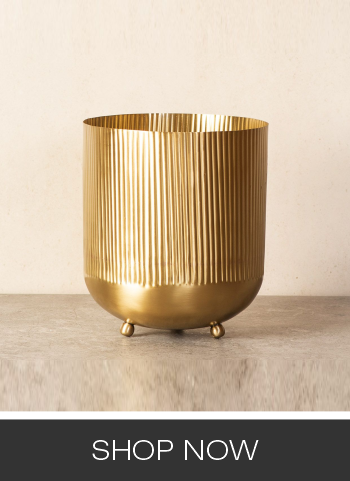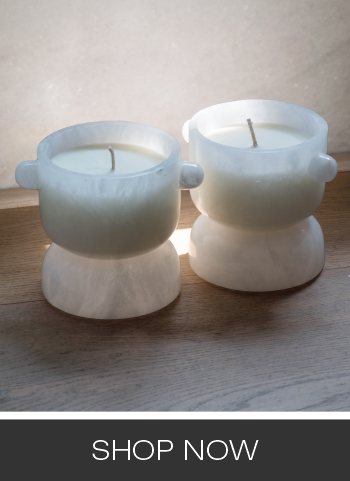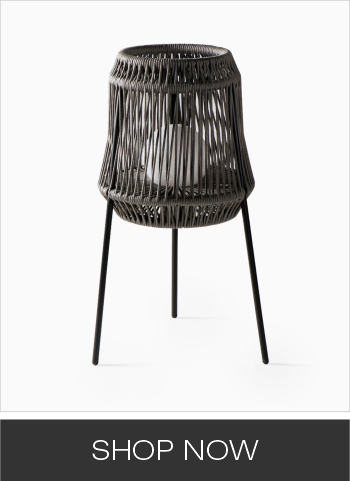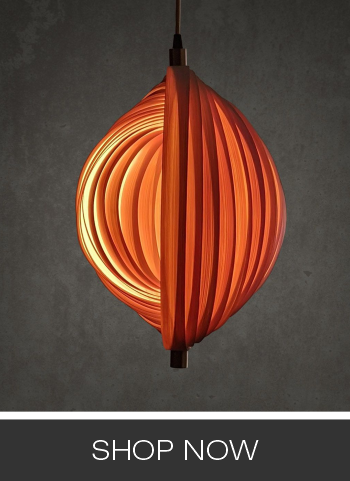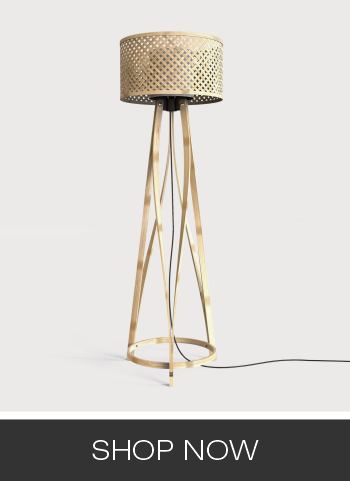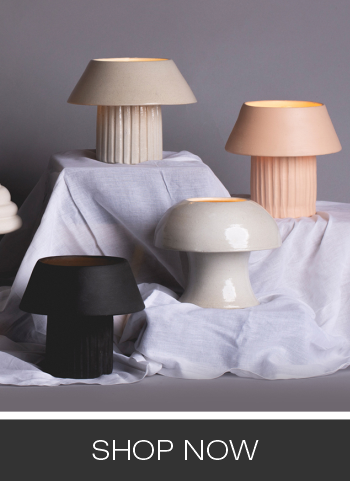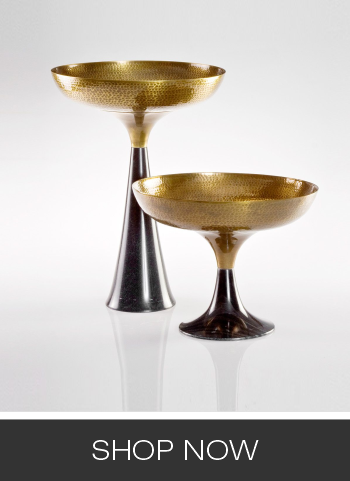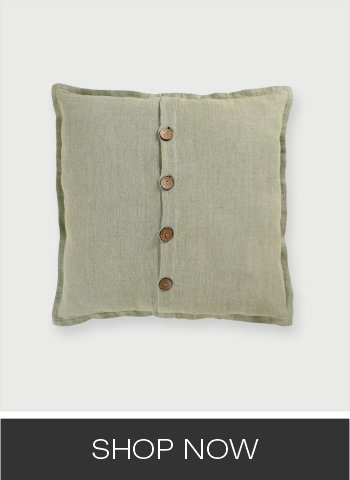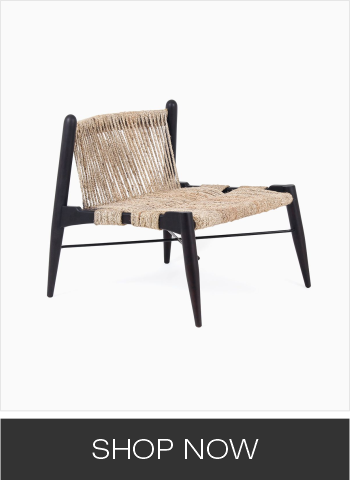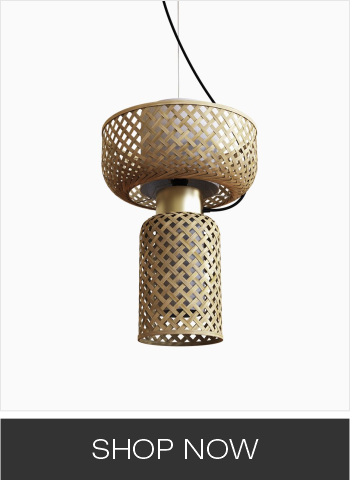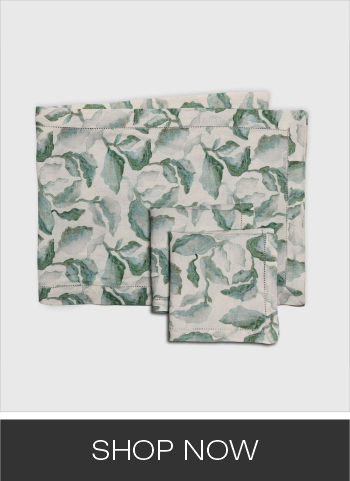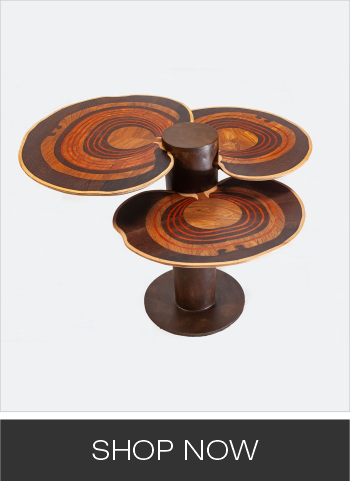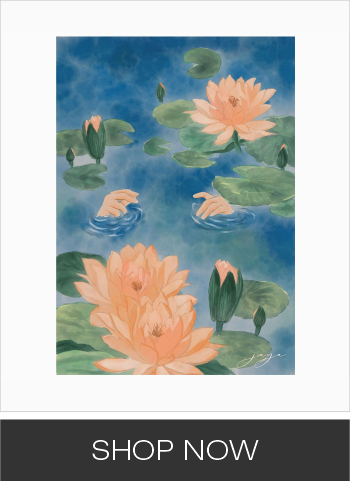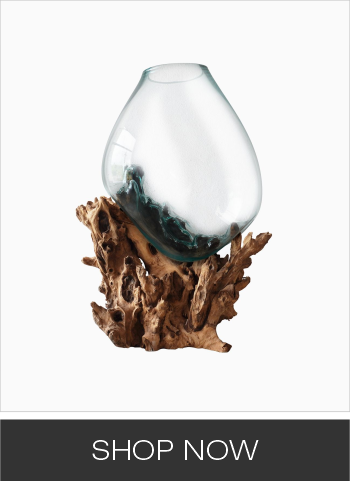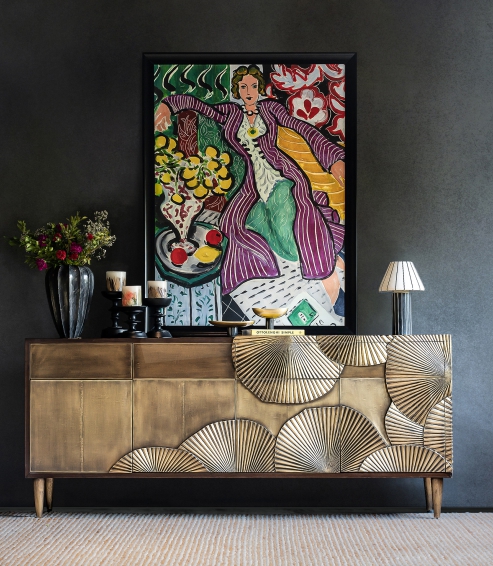We use cookies to make your experience better. To comply with the new e-Privacy directive, we need to ask for your consent to set the cookies. Learn more.
BIOPHILIC DESIGN: THE GUISE OF NATURE
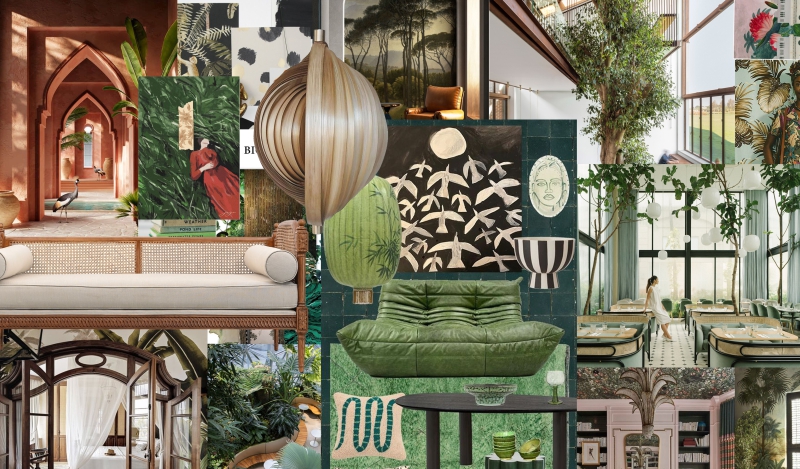
Psychoanalyst Eric Fromm and biologist E.O. Wilson both independently coined the term “Biophilia” in the second half of the 21st century. Incorporating nature into a space can be literal, like adding plants and introducing natural elements into a space, or more indirect, like organic shapes and ambient lighting. It is becoming increasingly clear that introducing biophilic elements in a space can have real, measurable benefits, like increased productivity, emotional well-being, stress reduction, and more learning and healing, both physically and mentally.
WHAT IS BIOPHILIC DESIGN?
“How we design our spaces and how we connect to the natural world are critical to human health and well-being.”
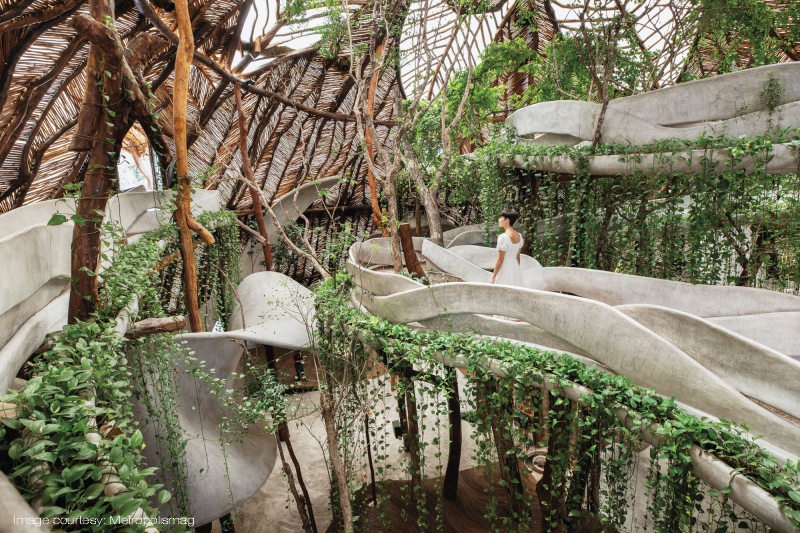

Located in the Mayan jungle near Tulum, Mexico, SFER IK is a new cultural centre, whose design is inspired by, and largely built from, the materials of the jungle. Designed by the enigmatic artist and architect Roth, the building features virtually no straight lines or right angles and is partially open to the natural elements. Image courtesy Metropolis mag
An embodiment of human connection with the outdoors, Biophilia evokes nature’s intrinsic beauty, featuring stone surfaces, rugged finishes, fluted and reeded textures, and solid wood accents – creating harmonious environments that embrace nature’s beauty and serenity. Think lush tropical wallpaper, laidback rattan furniture, earthy ceramics, throws and pillows you can toss around, terracotta, woven wicker, and functional comfort.
Infrastructure seen in urban cities can be designed biophilically too, like when a city prioritizes greener spaces, foot traffic, or community gardens and pools. One of the earliest examples of biophilic design was the Hanging Gardens of Babylon, rooftop gardens by the Royal Palace in ancient Babylon.
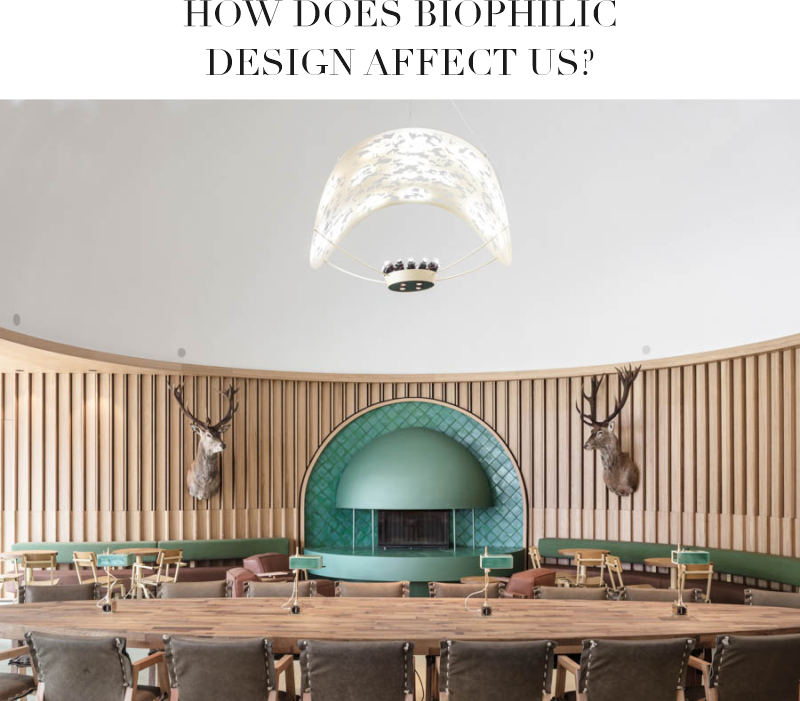

A pavilion in the middle of Hoge Veluwe National Park in Otterlo, Netherlands, where lighting mimics branches, leaves, and chipmunks. Image courtesy Wikimedia.
Studies have shown that spending time outdoors in nature is not only good for our physical health, but emotional and mental well-being as well. Bringing nature indoors has the same effect and can help reduce stress, boost productivity and positivity, and enhance the overall sense of well-being.
Nature brings us peace and tranquillity; bringing lush greenery into our interiors can help us feel calm and energized – in contrast to the concrete environment around us. Biophilic design connects to our senses – sight, smell, hearing, and touch, creating a multi-sensory environment, much like what we find in nature.
Biophilic design fosters positive and sustained interactions and relationships among people and the natural environment. Humans are a deeply social species whose security and productivity depends on positive interactions within a spatial context. Effective biophilic design fosters connection between people and their environment, enhancing relationships and a sense of membership in a community.
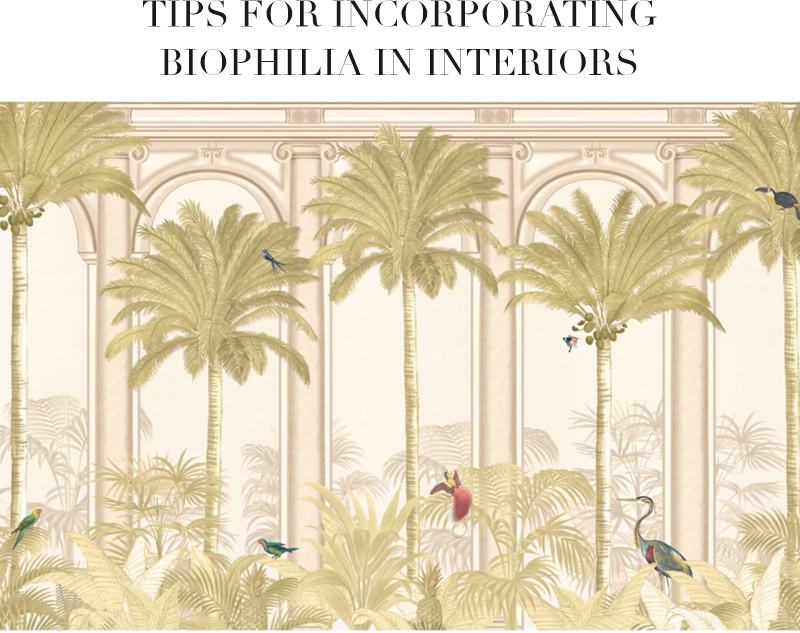

For scientists and the plant-enthusiasts, vegetation has long since been associated with a general improvement in health. And whilst COVID may have increased the average indoor plant usage, there are so many other sun-dappled options to explore.
Biophilic interior design will recompense our connection with the natural world. Discover our key to incorporating the trend into homes, courtesy our design curators.
1. PRIORITIZE GREENERY
One of the easiest ways to introduce biophilic design into your interiors is through live plants and ferns. If you’re a novice plant parent, start small with a low-maintenance plant for your study or windowsill. For your bedroom spaces, introduce purifying plants, or other vegetation known for its night-time oxygen production or bacteria-removing qualities. To go all out with this trend, use plants to liven up your entryway, line your mantel, or cover up an entire wall with a vertical garden!
Here are some planters to help you do the deed.


2. MAXIMIZE NATURAL LIGHT
If your home is surrounded by nature, make sure you make the most of it by incorporating interiors that highlight natural light and views. Frame views of the outdoors with large windows un-marred by grilles or woodwork. Allowing use of nature as art, this tip ensures uninterrupted access to biophilic elements. Use candle light or dim lighting before bedtime to limit the impact of artificial light on your sleep quality and enhance benefits of exposure to natural light.
Here are some accents to aid you in maximising natural light.


3. INCORPORATE WATER FEATURE
For that additional calm and peace, consider installing a small water feature in your living spaces – an urli with floating candles or fresh flowers, or a mini fountain with a planter. Water sounds create a soothing atmosphere and helps in deep relaxation of body and mind. See our selection of handcrafted urlis below to instil a calmly recumbent atmosphere in your home.


4. USE NATURAL MATERIALS
Embrace nature with incorporating products made from natural materials like bamboo, cork, jute, stone, and rattan in your home. Implemented through kitchen accessories, home décor, or hardware, it helps to be mindful of the materials you choose to live around. Here are some no-fail picks to help you do the trick.
5. EMBRACE SHAPES AND HUES OF NATURE
Nature abounds with colour and inspiration, curves and edges, patterns and imperfections, contrasting lines and angles. Introduce its inspiration in interiors with patterned cushions and wallpaper, organic textiles, curved furniture, and an earthy palette that soothes the senses. Opt for these quick picks to embrace nature in your interiors.
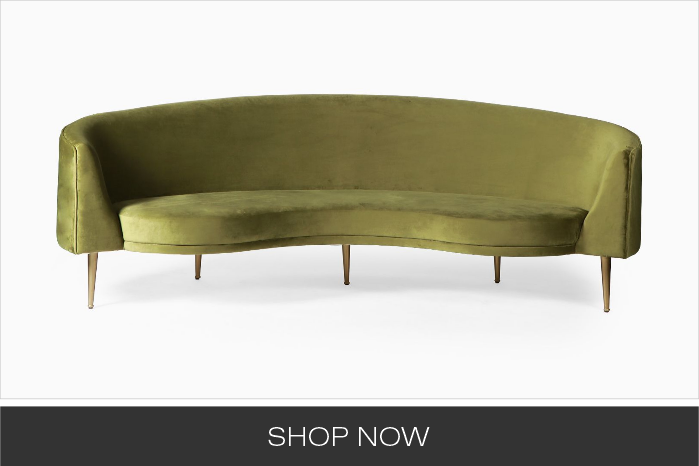



5. ADD A PIECE OF NATURE-INSPIRED ART
Create a wall gallery with a collection of your most inspiring wildflowers, foliage, forest art or framed living art. This not only livens up the space, but also adds warmth and character to your living spaces – with a streak of individuality.
Discover our nature-inspired wall art here:


